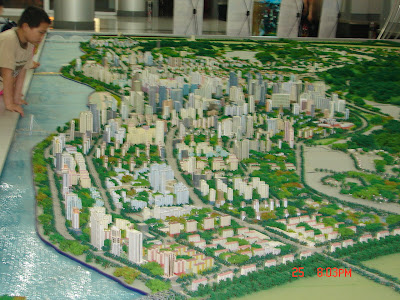
From my window(s) I can see all of the south side of my city. During Spring Festival every inch of the landscape is covered with fireworks for the entirety of the holiday.















Capital of Jiangxi Province
Scene of the Nanchang Uprising: August 1, 1927
Birthplace of the Peoples Liberation Army
Capital of Jiangxi Province
Scene of the Nanchang Uprising: August 1, 1927
Birthplace of the Peoples Liberation Army

